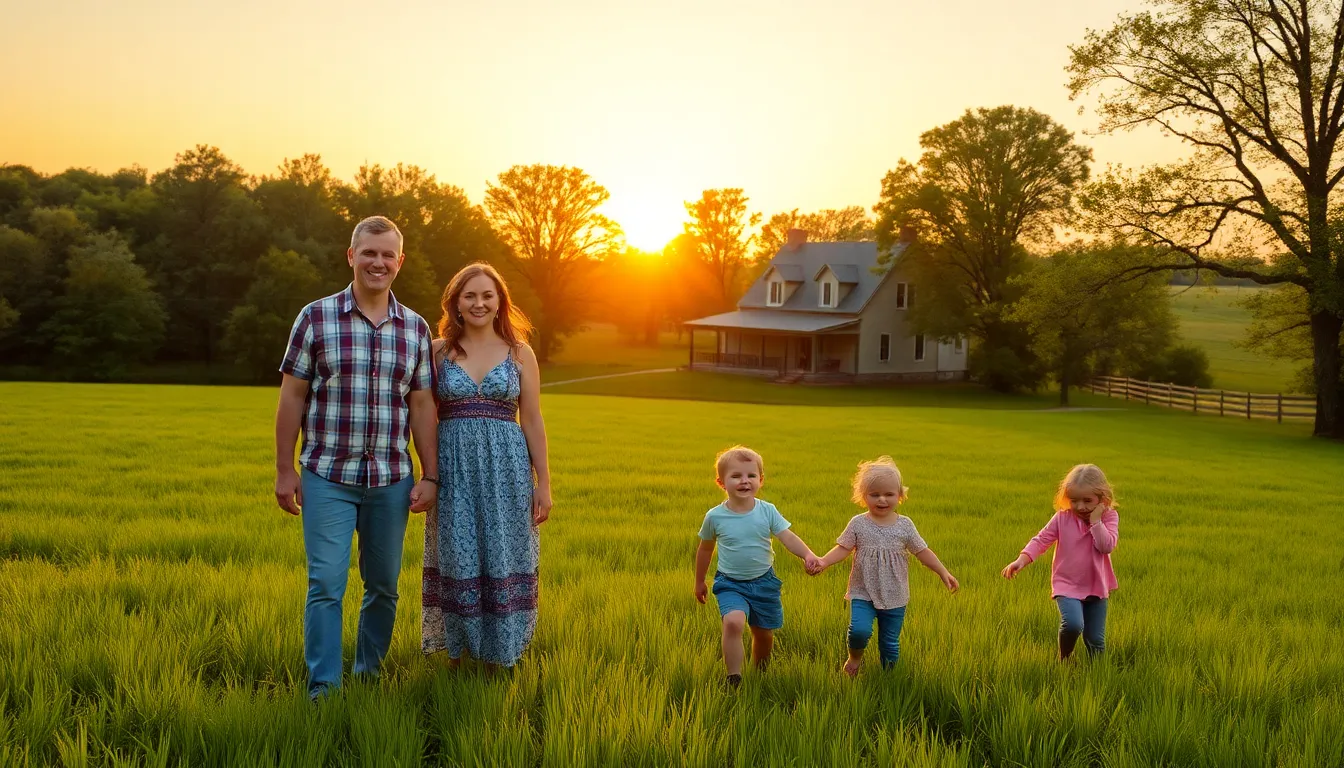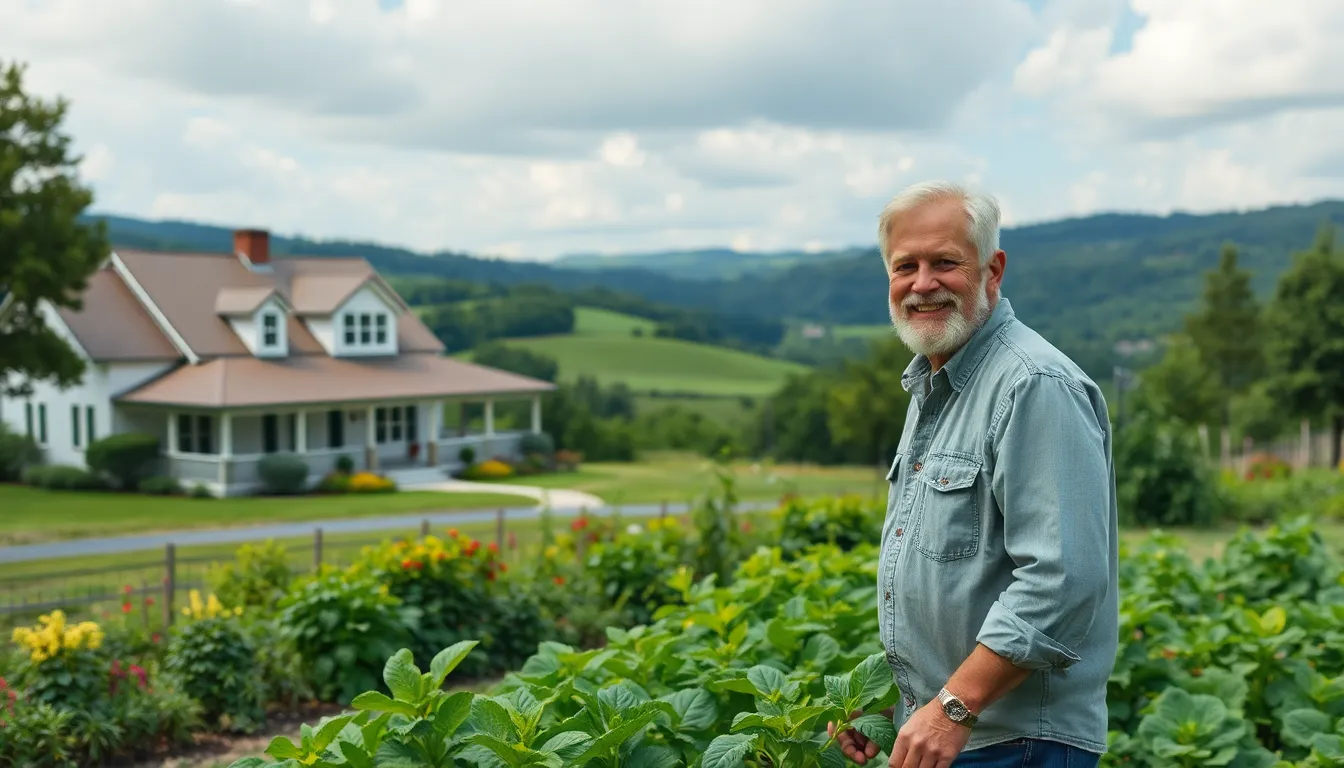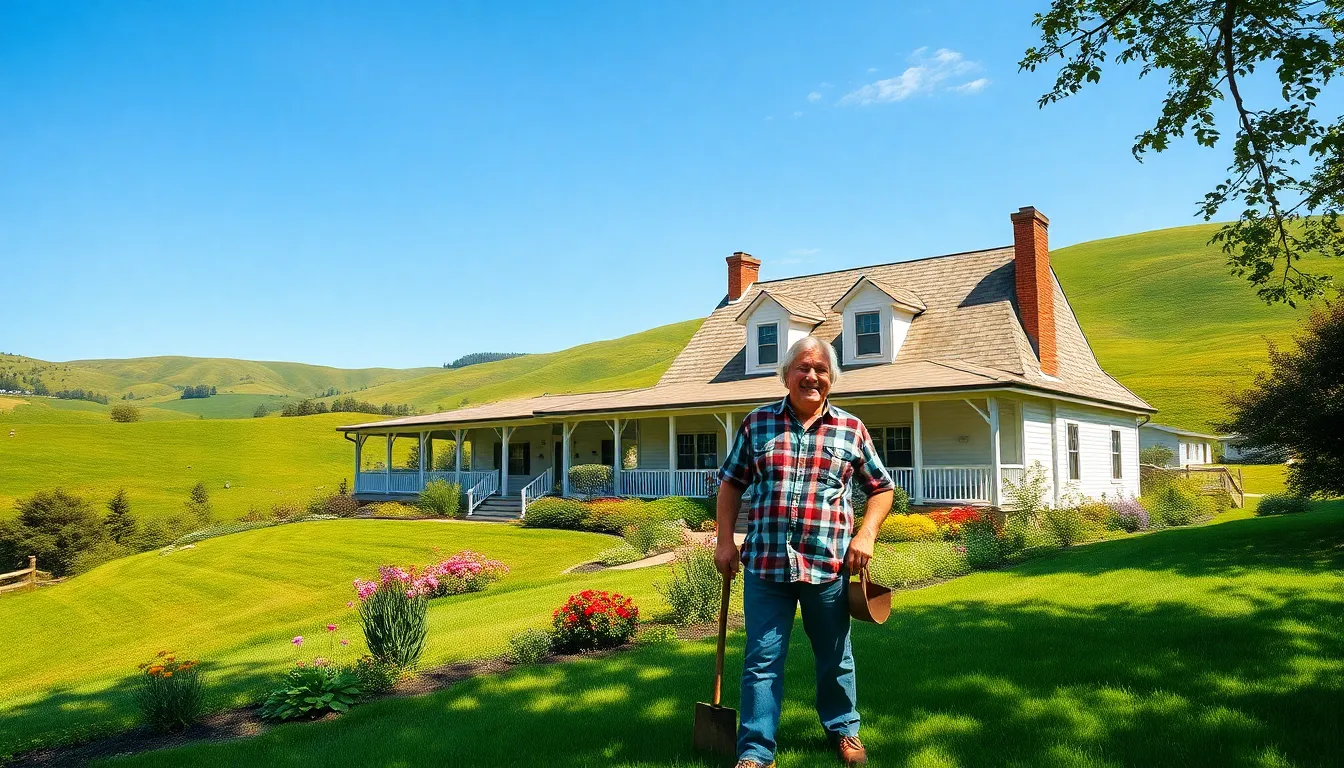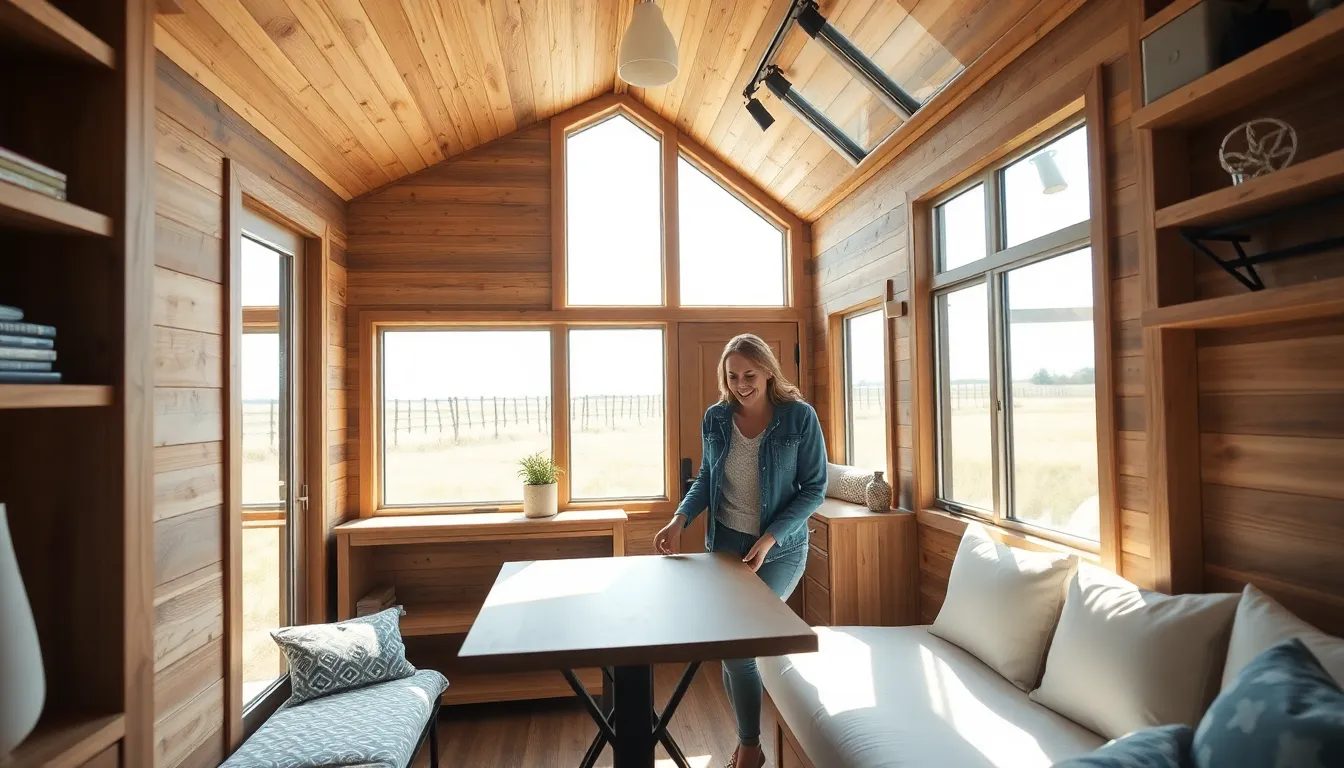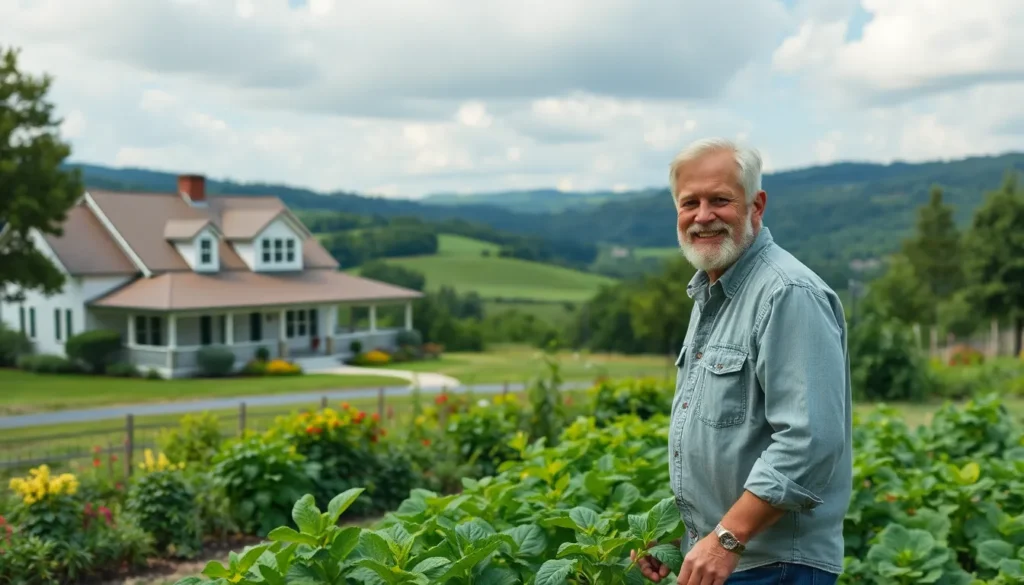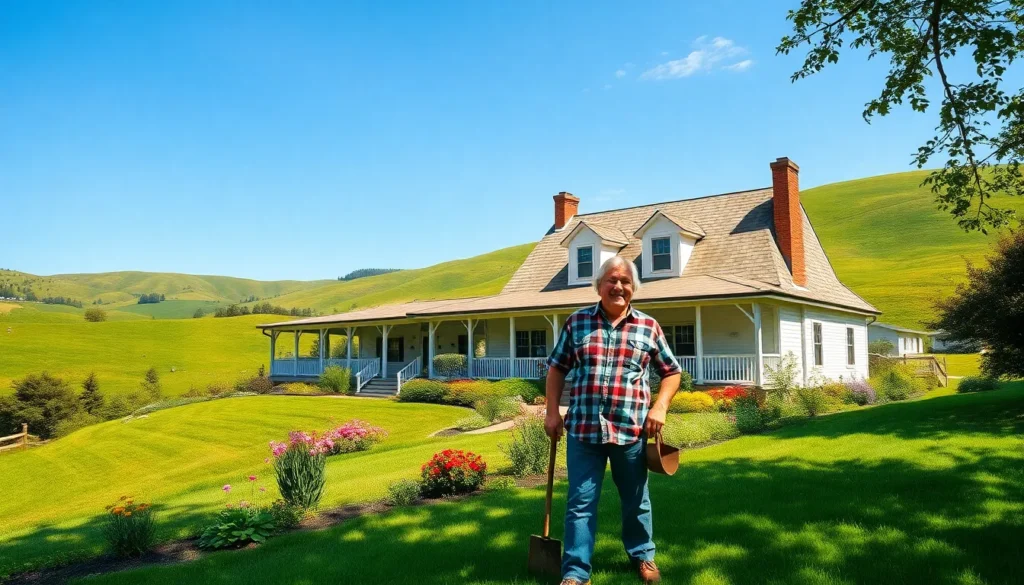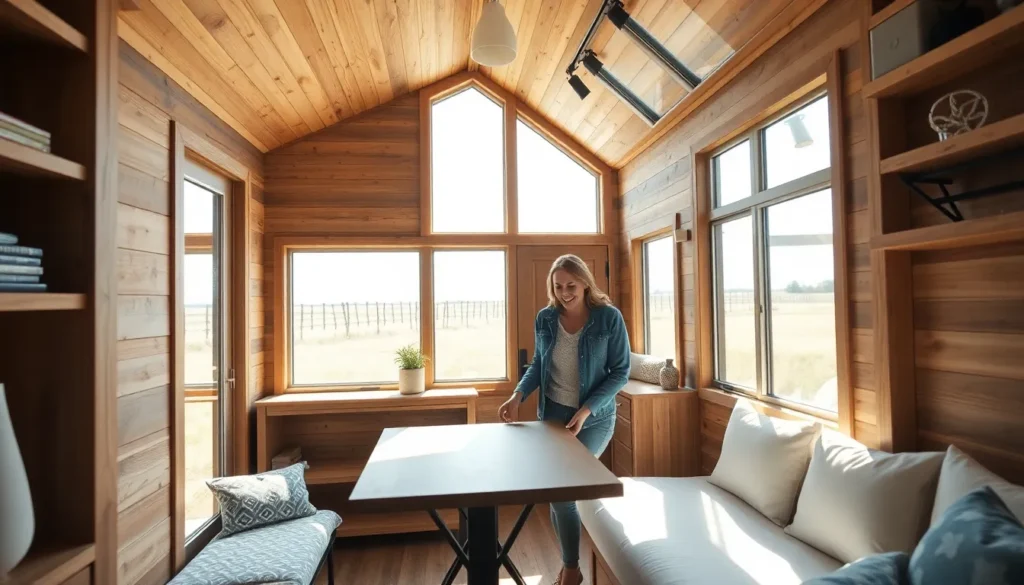Rural property listings offer a unique opportunity for those seeking a tranquil lifestyle away from the hustle and bustle of urban living. With breathtaking landscapes and a sense of community, rural properties can be a dream come true for families, retirees, or anyone looking to escape the fast-paced city life.
As more people prioritize space and nature, the demand for rural homes is on the rise. Buyers are increasingly drawn to properties that provide not just a house but a lifestyle filled with outdoor adventures and a slower pace. Understanding the ins and outs of rural property listings is essential for anyone looking to make a wise investment in their future.
Table of Contents
ToggleOverview of Rural Property Listings
Rural property listings provide detailed information about available real estate options outside urban areas. These listings often include a range of properties, such as farms, cottages, and vacant land, catering to diverse buyer preferences. Buyers can find critical details like property size, price, and amenities in these listings, allowing for informed decision-making.
Rural areas often feature unique market dynamics compared to urban regions. Property prices can vary significantly based on location, local amenities, and seasonal trends.
When reviewing rural property listings, several key factors merit attention:
- Location: Proximity to essential services, schools, and recreational areas can influence property desirability.
- Land Features: Attributes such as water access, topography, and soil quality play a crucial role in land usability.
- Zoning Regulations: Understanding local zoning laws helps buyers determine permissible uses for the property.
- Utilities and Services: Availability of water, electricity, and internet services impacts the livability of rural properties.
Additionally, buyers often reflect on community aspects, such as the presence of neighbors and local activities. This concise overview assists potential buyers in navigating the rural property market effectively.
Benefits of Investing in Rural Properties
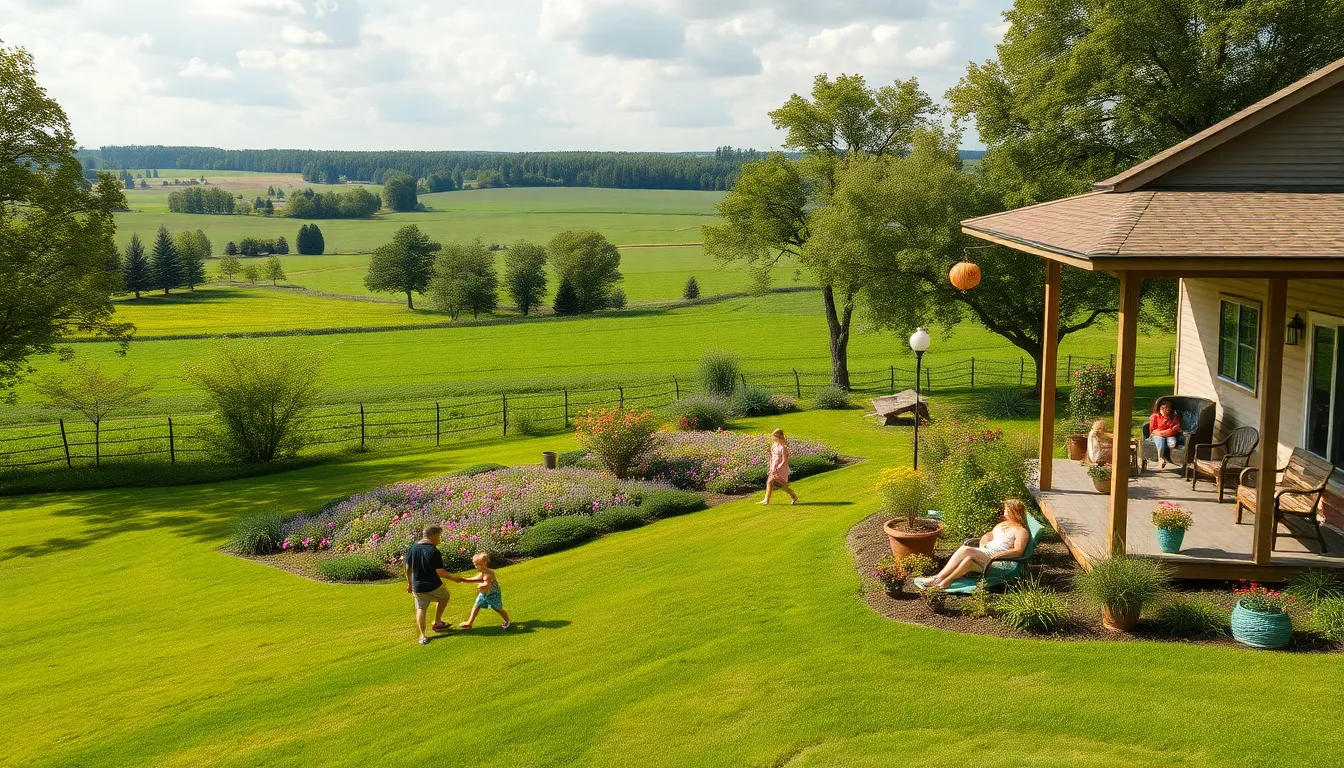
Investing in rural properties offers multiple advantages that cater to diverse buyer needs. The unique qualities of rural listings contribute to a compelling case for those considering this type of real estate investment.
Affordability
Affordability stands out as a significant benefit of rural property investments. Generally, property prices in rural areas are lower compared to urban settings. Buyers often find properties with larger square footage at reasonable prices. For example, the average price per acre in rural areas can be significantly lower than in metropolitan regions, allowing investors to acquire more land for their budgets. Additionally, the cost of living in rural communities tends to be lower, resulting in reduced expenses tied to housing, taxes, and general living costs. This combination of factors empowers investors to maximize their purchasing power.
Space and Privacy
Space and privacy come as key benefits when investing in rural properties. Rural areas typically offer larger lot sizes, providing more room for personal projects, outdoor activities, and recreational opportunities. Families often enjoy expansive backyards or surrounding landscapes, promoting a sense of freedom unavailable in city environments. With fewer neighbors and reduced congestion, residents experience enhanced tranquility and privacy. This spaciousness allows for a closer connection with nature, bolstering mental well-being and providing a serene atmosphere. Many rural properties include features like gardens, farms, or natural landscapes, fostering an ideal environment for those seeking an escape from crowded urban life.
Challenges of Rural Property Listings
Rural property listings present unique challenges that potential buyers must navigate. Understanding these obstacles aids in making informed decisions during the purchasing process.
Limited Access to Amenities
Limited access to amenities poses a significant challenge in rural property listings. Many rural areas lack essential services such as grocery stores, healthcare facilities, and schools. Distances to these amenities can range from several miles to over an hour, complicating daily life for residents. Furthermore, the availability of high-speed internet varies greatly, affecting remote work opportunities. Buyers must consider their reliance on urban conveniences and evaluate whether the lifestyle in rural areas aligns with their needs.
Market Fluctuations
Market fluctuations also impact rural property listings. Prices can vary significantly depending on local demand and economic conditions. Seasonal trends may influence market dynamics; for instance, demand may increase during summer months when outdoor activities attract buyers. Additionally, rural properties may not always maintain their value, particularly in areas experiencing population decline. Investors should conduct thorough market research and monitor local trends to ensure they make informed investments in rural real estate.
How to Evaluate Rural Property Listings
Evaluating rural property listings involves examining several key aspects to ensure a successful investment. Buyers must consider critical features, conduct thorough inspections, and remain aware of market dynamics.
Key Features to Consider
- Location: Evaluate proximity to essential services and recreational areas. Accessibility impacts daily life and property value.
- Land Features: Assess topography, soil quality, and natural resources. These factors affect agricultural potential and aesthetic appeal.
- Zoning Regulations: Review zoning laws governing property use. Understanding these regulations influences development possibilities and investment plans.
- Utilities and Services: Confirm availability of water, electricity, and internet. Access to reliable utilities enhances property functionality.
- Community Aspects: Investigate the neighborhood’s demographics and activities. Engaging with the community fosters a sense of belonging and support.
Conducting Property Inspections
- Structural Integrity: Examine the foundation, roof, and walls for signs of damage. A solid structure ensures long-term investment safety.
- Systems Check: Inspect plumbing, electrical, and HVAC systems. Functional systems reduce future repair costs and enhance livability.
- Environmental Assessment: Look for potential hazards, such as flood zones or pest infestations. Addressing environmental concerns is crucial for safety.
- Outbuildings and Land Usage: Assess barns, sheds, or fencing. Understanding how these feature contributes to property value and usability helps in decision-making.
- General Condition: Observe overall maintenance and care level of the property. Well-maintained properties often require less immediate investment.
Tips for Finding the Best Rural Property Listings
- Identify Desired Location: Determine the preferred region or state for the rural property listing. Consider proximity to urban centers, nature reserves, or recreational areas.
- Utilize Online Resources: Leverage online real estate platforms to search for rural listings. Websites like Zillow, Realtor.com, and specialized rural property sites offer comprehensive listings with detailed information.
- Engage Local Real Estate Agents: Collaborate with real estate agents who specialize in rural properties. Their expertise and local market knowledge can uncover listings that meet specific needs.
- Attend Open Houses: Visit open houses to explore properties in person. Engaging with sellers or agents during these visits can provide insights into the property and surrounding community.
- Examine Property Size and Features: Analyze the size and features of the property. Consider aspects like land use, potential for agriculture, and recreational opportunities available on-site.
- Review Zoning Regulations: Investigate local zoning laws that may affect property use. Understanding regulations ensures the intended activities on the property comply with legal requirements.
- Assess Accessibility: Evaluate the accessibility of the property. Check for road conditions, access to public transportation, and distance from essential services like shopping and healthcare.
- Study Local Amenities: Research local amenities that enhance the rural lifestyle. Identify nearby schools, parks, and community centers that contribute to the overall quality of life.
- Monitor Market Trends: Keep an eye on market trends in the rural property sector. Analyzing trends such as property price fluctuations and demand can support informed purchasing decisions.
- Consider Future Development: Investigate potential future developments in the area that may impact property value. Local plans for infrastructure improvements or commercial growth can influence investment potential.
Rural property listings present a unique opportunity for those seeking a serene lifestyle and a stronger connection to nature. With various options available from farms to cottages buyers can find properties that meet their needs while enjoying the benefits of affordability and spaciousness.
However navigating this market requires careful consideration of local dynamics and potential challenges. By focusing on key factors like location amenities and community aspects individuals can make informed decisions that align with their goals.
Ultimately the allure of rural living continues to grow as more people recognize the value of tranquility and community in their lives. With the right approach buyers can successfully find their ideal rural property and embrace a fulfilling lifestyle away from the hustle and bustle of city life.

